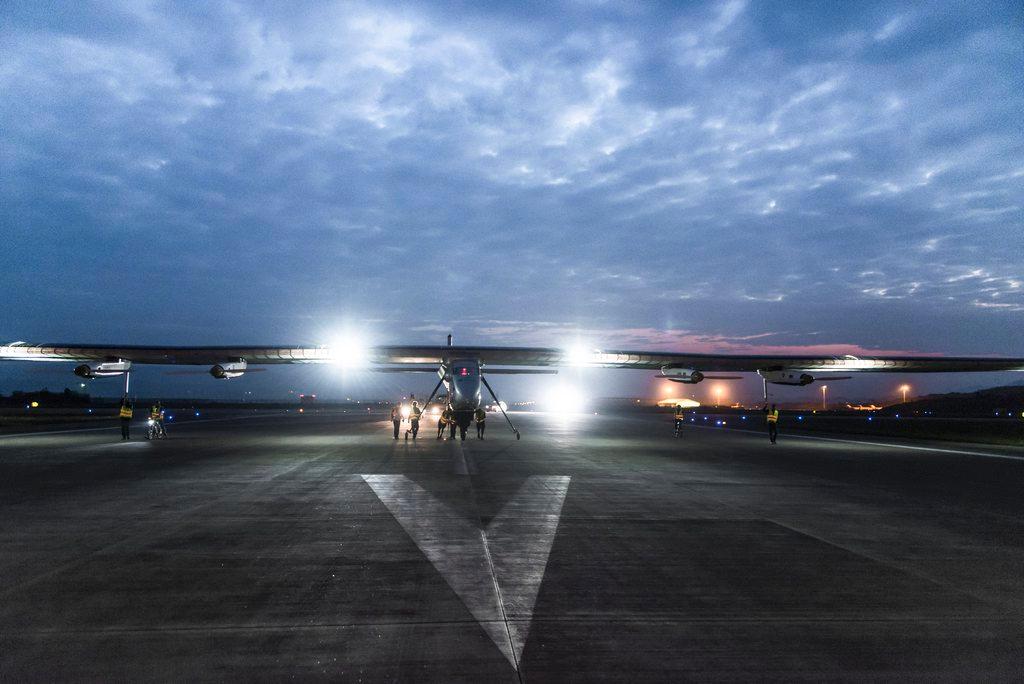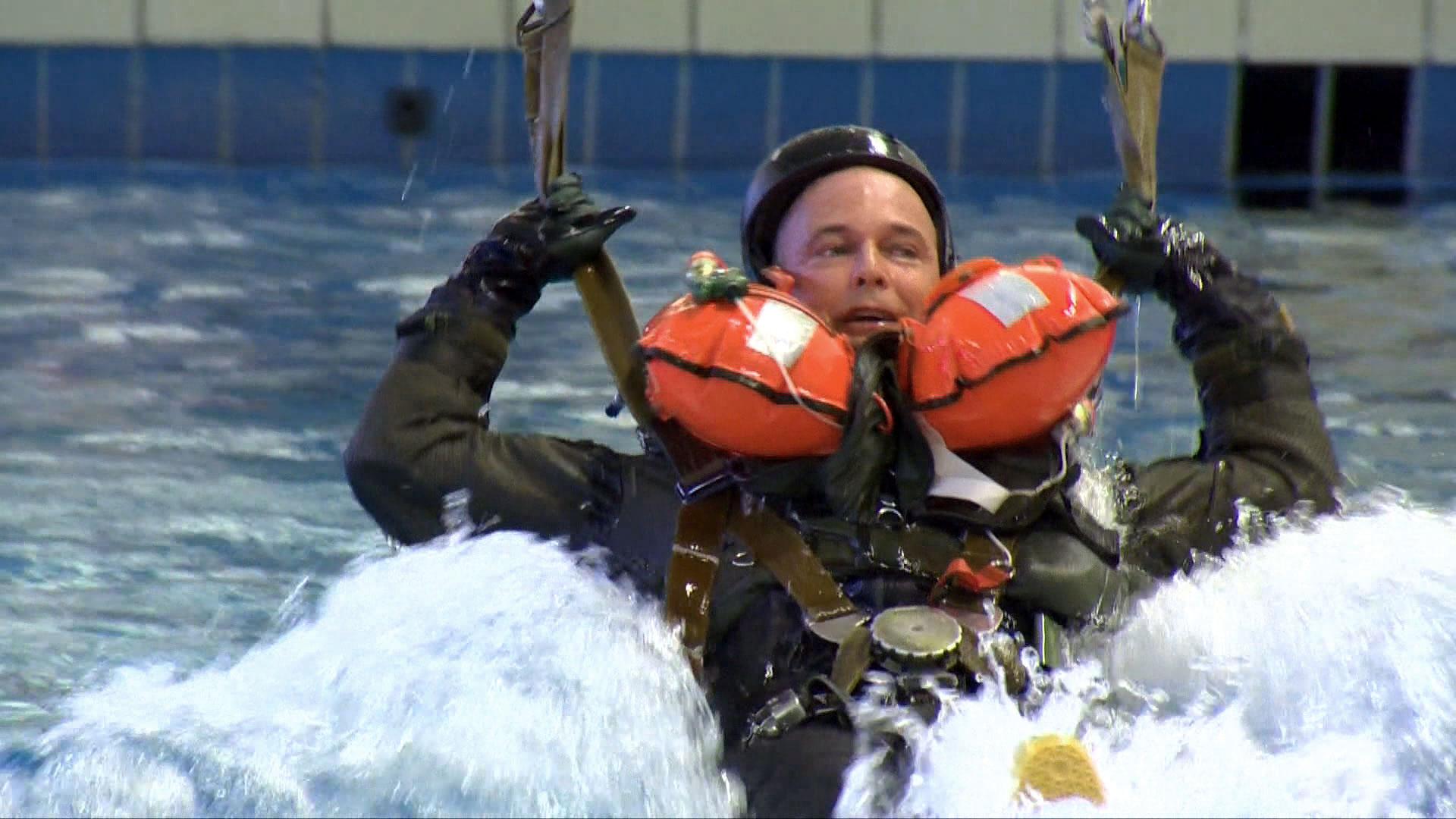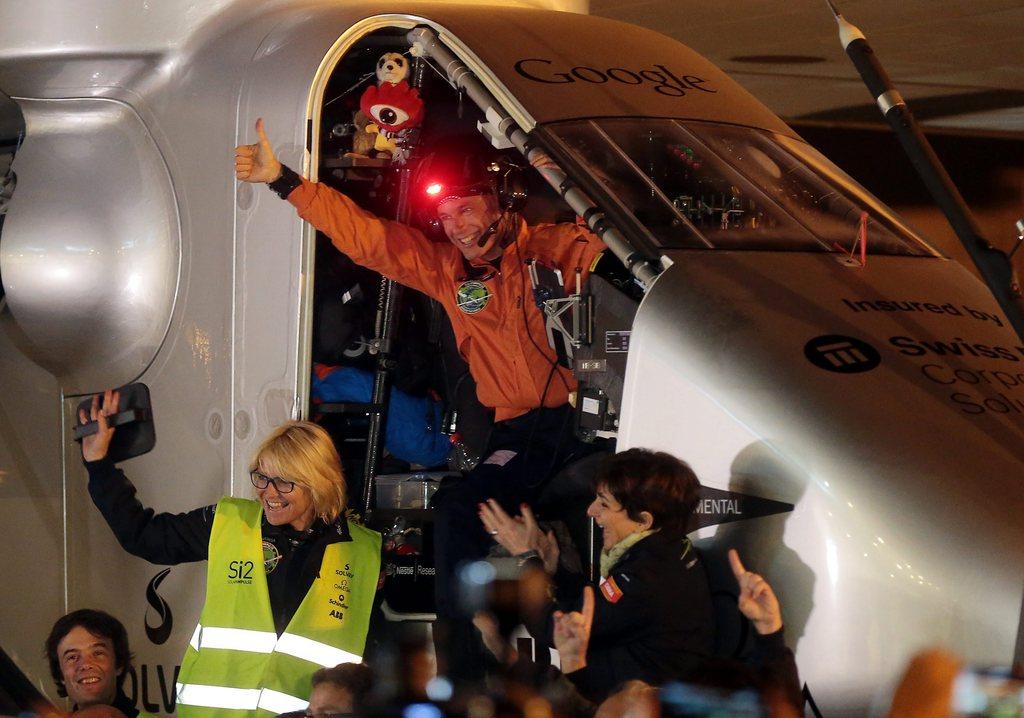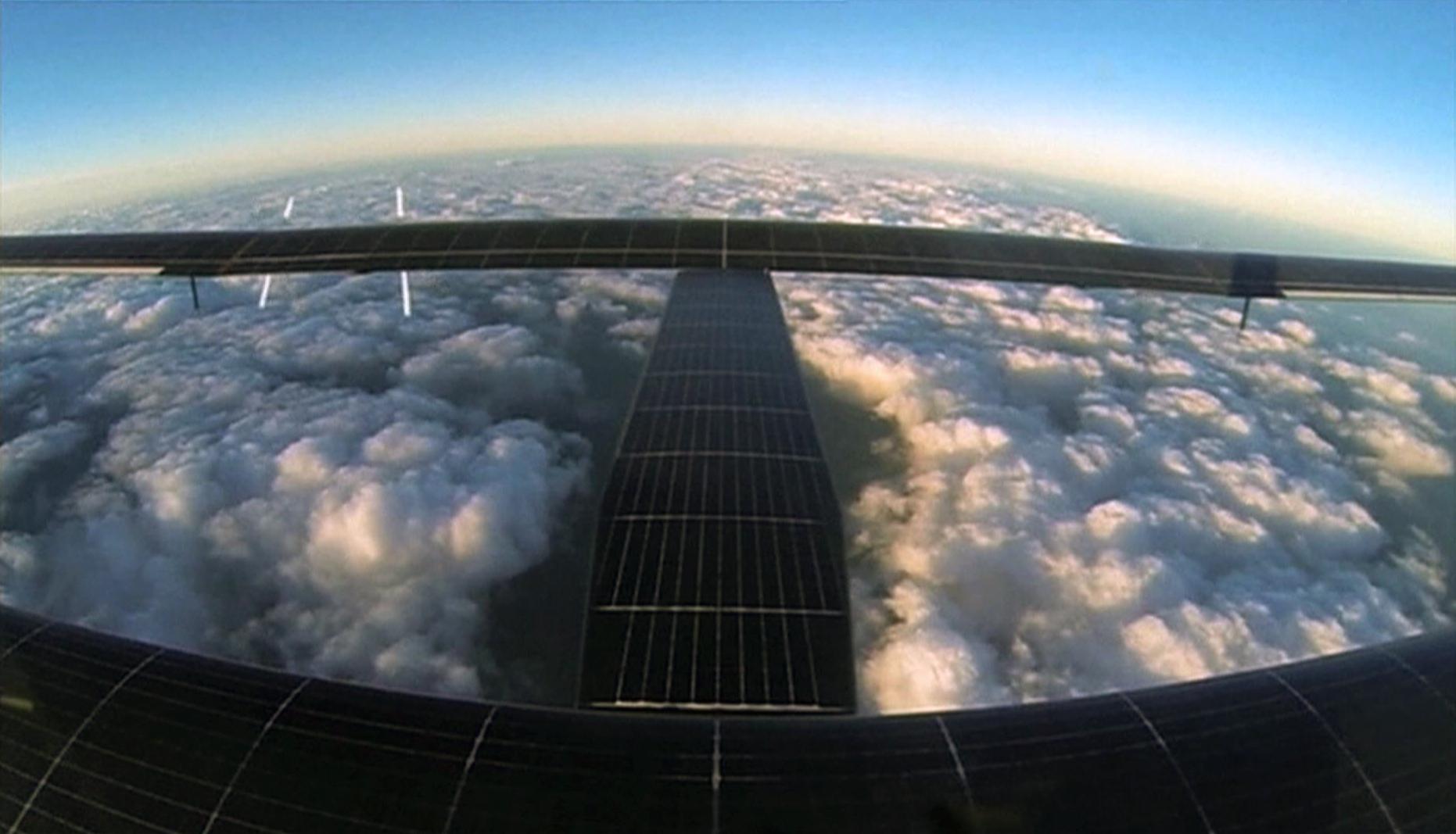Solar Impulse close to record attempt

The Solar Impulse 2 edged towards a record-breaking attempt to cross the Pacific using only solar power, but scuttled plans for a take-off late on Monday night because of poor weather.
Organisers said there were too many clouds that risked lengthening an already longer-than-expected flight plan.
Earlier in the day, the Swiss-based team had said that all systems seemed go for pilot André Borschberg to take off from the eastern Chinese city of Nanjing early on Tuesday morning. The flight to Hawaii is the longest and most dangerous leg of the experimental aircraft’s round-the-world trip.
“This is the closest we’ve come to giving a go for the Pacific,” said Conor Lennon, a spokesman for Solar Impulse. “We are looking at the most difficult flight we’ve ever done. This is a really, really hard flight that is going to be difficult whatever happens, even if the weather’s perfect.”
Raymond Clerc, the mission and flight director, said the clouds and poor conditions for an emergency landing in Japan, if one were needed, were among several factors that “made the risk too high” to fly as hoped earlier in the day.
He said the team was now hoping the flight could proceed within a day or so.
Six days and nights
The project, which was launched to rally support for solar power and other clean energy initiatives, said Borschberg would fly this “exploration leg” for six days and nights, which is 24 hours longer than expected, based on flight simulations.
The team has had to wait for several weeks for weather conditions to improve, because the plane needs as much sunlight as possible to adequately charge its solar cells in-flight. The two Chinese stops in Chongqing and Nanjing were meant to boost awareness of solar projects.
The global trip, which is expected to include about 500 hours and 35,000 kilometres of flying across four continents and two oceans, began on March 9 in Abu Dhabi.
Perilous journey
The trans-Pacific flight from China to Hawaii is expected to be the most hazardous, because no one has ever flown a solar powered plane for so long before, and Borschberg will only be able to take occasional 20-minute naps.
The first Solar Impulse plane debuted in 2009 and made its first intercontinental flight in 2012. It proved that it could store enough electricity in its solar cells during the day to continue flying at night.
The second Solar Impulse plane, with a wingspan of 72 metres but weighing little more than a car, had to be designed so that it could fly non-stop for at least 120 hours, the time required to cross the Pacific and Atlantic oceans.
“It is extremely difficult and sensitive,” Borschberg said. “The Pacific has sometimes difficult weather conditions, so we had to wait until the bad weather passes.”
Along with preparing to cope with the lack of sustained sleep, Borschberg and Bertrand Piccard, the alternate pilot, have been training for how to handle a disastrous loss of control over the Pacific.

In compliance with the JTI standards
More: SWI swissinfo.ch certified by the Journalism Trust Initiative




You can find an overview of ongoing debates with our journalists here. Please join us!
If you want to start a conversation about a topic raised in this article or want to report factual errors, email us at english@swissinfo.ch.